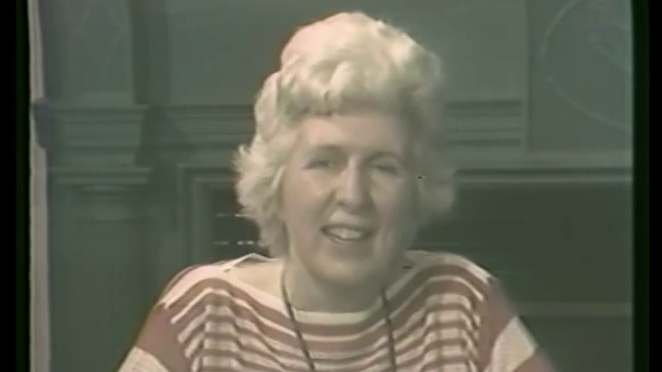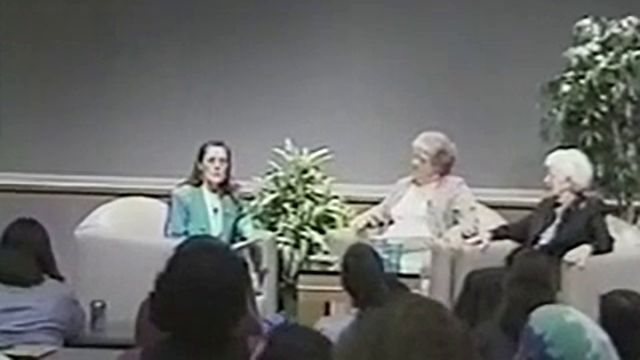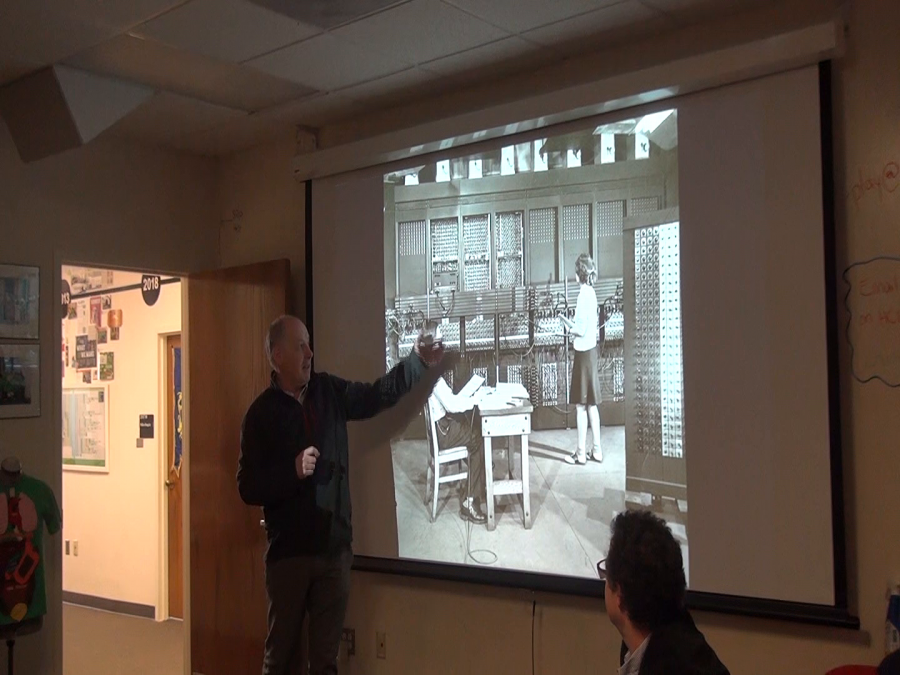The largest part of the ENIAC team by far were the people that were actually building the thing. And it’s interesting they’ve been forgotten by history, because although their job titles were wiremen, technicians, and assemblers, being a business historian I looked up the accounting records, and sometimes they spell out the payroll. You suddenly see all these women’s names like Ruth, Jane, Alice, Dorothy, Caroline, Eleanor showing up.
Archive

Then we were told we had to learn how to operate this machine. Well, how do you go about that? And somebody from Moore School gave us a whole stack of blueprints, and these were the wiring diagrams for all the panels. And they said, “Here, you can figure out how the machine works and then figure out how to program it.”

I applied and went over and they just talked to us a little bit. We never saw the machine or anything. So then they called us in and Herman Goldstine, who was the Army officer liaison coming in from Aberdeen, interviewed me. So Herman said to me, “What do you think of electricity?”
So I said, “Well, I had a physics course and I knew that E=IR.”
So he said, “No, I don’t mean that. I don’t care about that. Are you afraid of it?”

